Machine Learning in Wireless Sensor Networks for Smart Cities: A Survey
Abstract
:1. Introduction
- WSNs are generally deployed in a dynamically changing environment. Therefore, self-adaption to the new environment is expected from a fully automated IoT scenario.
- Unknown parameter monitoring requires automatic adjustment of network topology and configurations, e.g., temperature measurement in a glacier or volcano monitoring.
- Lack of accurate mathematical models of the unknown parameters in WSN-IoT.
- WSN-IoT deals with a large amount of sensor data, therefore the correlation between different data set may be of critical concern.
- Integration of WSN in IoT using cloud-based services for better monitoring and control.
- Future predictions and possible actions in WSN-IoT.
- The IoT generates a large amount of data from millions of sensor nodes. Machine learning is powered by data and generates useful information from previous data. Machine learning uses past IoT data to identify hidden patterns and builds models that help predict future behavior and events.
- A large number of computations are required to process the more amount of data, hence computation complexity increases.
- Additional power consumption.
- Training of WSN-IoT nodes for various ML algorithms requires complex operations and multi-domain skilled programmers.
- In this paper, ML techniques are proposed as an optimized solution for traditional WSN-IoT problems in smart cities.
- Design guidelines of the WSN-IoT framework using AI and ML have been proposed.
- An in-depth literature survey of WSN-IoT in smart cities is presented in detail for ML engineers and data scientists.
2. Wireless Sensor Networks Based Internet of Things (WSN-IoT)
3. Preliminaries in Machine Learning for WSN-IoT
3.1. Training Process
3.2. Testing Process
3.3. WSN Actions
4. Open Research Problems in WSN-IoT Which Can Be Solved by Machine Learning Techniques
4.1. IoT Node Localization
4.2. IoT Node Coverage and Connectivity
4.3. Routing Layer Issues
4.4. MAC Layer Issues
4.5. Sensor Data Aggregation
4.6. Event Monitoring and Target Detection
4.7. Energy Harvesting
4.8. Node Query Processing
5. Literature Survey of Machine Learning in WSN-IoT
- Supervised Learning,
- Unsupervised learning,
- Reinforcement learning.
5.1. Literature Survey of Supervised Machine Learning for WSN–IoT
5.1.1. Regression
5.1.2. Classification
5.2. Literature Survey of Unsupervised Machine Learning for WSN–IoT
Clustering Technique
5.3. Literature Survey of Reinforcement Learning (RL) for WSN–IoT
6. Summary of Literature Survey of ML Techniques for WSN-IoT
7. Our Survey Report of ML Techniques in WSN-IoT
8. Conclusions and Future Work
Funding
Acknowledgments
Conflicts of Interest
References
- Alsheikh, M.A.; Lin, S.; Niyato, D.; Tan, H.-P. Machine learning in wireless sensor networks: Algorithms, strategies, and applications. IEEE Commun. Surv. Tutor. 2014, 16, 1996–2018. [Google Scholar] [CrossRef] [Green Version]
- Du, R.; Santi, P.; Xiao, M.; Vasilakos, A.V.; Fischione, C. The sensable city: A survey on the deployment and management for smart city monitoring. IEEE Commun. Surv. Tutor. 2019, 21, 1533–1560. [Google Scholar] [CrossRef]
- Morello, R.; Mukhopadhyay, S.C.; Liu, Z.; Slomovitz, D.; Samantaray, S.R. Advances on sensing technologies for smart cities and power grids: A review. IEEE Sens. J. 2017, 17, 7596–7610. [Google Scholar] [CrossRef]
- Anagnostopoulos, T.; Zaslavsky, A.; Kolomvatsos, K. Challenges and opportunities of waste management in IoT-enabled smart cities: A survey. IEEE Trans. Sustain. Comput. 2017, 2, 275–289. [Google Scholar] [CrossRef]
- Horng, G.-J.; Liu, M.-X.; Chen, C.-C. The smart image recognition mechanism for crop harvesting system in intelligent agriculture. IEEE Sens. J. 2020, 20, 2766–2781. [Google Scholar] [CrossRef]
- Pal, D.; Funilkul, S.; Charoenkitkarn, N.; Kanthamanon, P. Internet-of-things and smart homes for elderly healthcare: An end user perspective. IEEE Access 2018, 6, 10483–10496. [Google Scholar] [CrossRef]
- Zhang, D.; Chen, Z.; Ren, J.; Zhang, N.; Awad, M.K.; Zhou, H.; Shen, X.S. Energy-harvesting-aided spectrum sensing and data transmission in heterogeneous cognitive radio sensor network. IEEE Trans. Veh. Technol. 2017, 66, 831–843. [Google Scholar] [CrossRef] [Green Version]
- Sharma, H.; Haque, A.; Jaffery, Z.A. Solar energy harvesting wireless sensor network nodes: A survey. J. Renew. Sustain. Energy 2018, 10, 1–33. [Google Scholar] [CrossRef]
- Sharma, H.; Haque, A.; Jaffery, Z.A. Modelling and optimization of a solar energy harvesting system for wireless sensor network nodes. J. Sensor Actuator Netw. 2018, 7, 1–19. [Google Scholar]
- Mackey, A.; Spachos, P.; Plataniotis, K.N. Smart parking system based on bluetooth low energy beacons with particle filtering. IEEE Syst. J. 2020, 14, 1–12. [Google Scholar] [CrossRef] [Green Version]
- Nikoukar, A.; Raza, S.; Poole, A.; Güneş, M.; Dezfouli, B. Low-power wireless for the internet of things: Standards and applications. IEEE Access 2018, 6, 67893–67926. [Google Scholar] [CrossRef]
- Yan, Y.; Sharif, A.; Ouyang, J.; Zhang, C.; Ma, X. UHF RFID handset antenna design with slant polarization for IoT and future 5G enabled smart cities applications using CM analysis. IEEE Access 2020, 8, 22792–22801. [Google Scholar] [CrossRef]
- IEEE Standard for RFID. Local and metropolitan area networks IEEE 802.15.4: Low-rate wireless personal area networks (LR-WPANs). In Amendment 2: Active Radio Frequency Identification (RFID) System Physical Layer (PHY), IEEE Std 802.15.4; IEEE: Piscataway, NJ, USA, 2012. [Google Scholar]
- IEEE Standard for ZigBee. Low-Rate Wireless Networks—Amendment 3: Use of the 865 MHz to 867 MHz Band in India, Amendment to IEEE Std 802.15.4; IEEE: Piscataway, NJ, USA, 2017. [Google Scholar]
- Li, H.; Dong, W. Enhancing the performance of 802.15.4-based wireless sensor networks with NB-IoT. IEEE Internet Things J. 2020, 7, 3523–3534. [Google Scholar] [CrossRef]
- Pirayesh, H.; Kheirkhah, P. Coexistence of Wi-Fi and IoT communications in WLANs. IEEE Internet Things J. 2020, 7, 7495–7505. [Google Scholar] [CrossRef]
- Davoli, L.; Belli, L. From micro to macro IoT: Challenges and solutions in the integration of IEEE 802.15.4/802.11 and Sub-GHz technologies. IEEE Internet Things J. 2018, 5, 784–793. [Google Scholar] [CrossRef]
- Sundaram, J.P.S.; Du, W.; Zhao, Z. A Survey on LoRa networking: Research problems, current solutions, and open issues. IEEE Commun. Surv. Tutor. 2020, 22, 371–388. [Google Scholar] [CrossRef] [Green Version]
- Chang, T.-C.; Lin, C.-H. Traffic-aware sensor grouping for IEEE 802.11ah networks: Regression-based analysis and design. IEEE Trans. Mob. Comput. 2019, 18, 674–687. [Google Scholar] [CrossRef]
- Klymash, M.; Beshley, H. Improving architecture of LTE mobile network for IoT services provisioning. In Proceedings of the 2nd IEEE International Conference on Advanced Information and Communication Technologies (AICT), Lviv, Ukraine, 4–7 July 2017. [Google Scholar]
- Kolias, C.; Kambourakis, G.; Gritzalis, S. Attacks and Countermeasures on 802.16: Analysis and assessment. IEEE Commun. Surv. Tutor. 2013, 15, 487–514. [Google Scholar] [CrossRef] [Green Version]
- Rostami, S.; Heiska, K.; Puchko, O.; Leppanen, K.; Valkama, M. Pre-grant signaling for energy-efficient 5G and beyond mobile devices: Method and analysis. IEEE Trans. Green Commun. Netw. 2019, 3, 418–432. [Google Scholar] [CrossRef]
- Chettri, L.; Bera, R. A comprehensive survey on internet of things (IoT) toward 5G wireless systems. IEEE Internet Things J. 2020, 7, 16–32. [Google Scholar] [CrossRef]
- Lachtar, A.; Val, T.; Kachouri, A. Elderly monitoring system in a smart city environment using LoRa and MQTT. IET Wirel. Sens. Syst. 2020, 10, 70–77. [Google Scholar] [CrossRef]
- Luzuriaga, J.E.; Perez, M. A comparative evaluation of AMQP and MQTT protocols over unstable and mobile networks. In Proceedings of the 2015 12th Annual IEEE Consumer Communications and Networking Conference (CCNC), Las Vegas, NV, USA, 9–12 January 2015. [Google Scholar]
- Iglesias-Urkia, M.; Casado-Mansilla, D. Integrating electrical substations within the IoT using IEC 61850, CoAP, and CBOR. IEEE Internet Things J. 2019, 6, 7437–7449. [Google Scholar] [CrossRef]
- Beckmann, K.; Dedi, O. sDDS: A portable data distribution service implementation for WSN and IoT platforms. In Proceedings of the 12th IEEE International Workshop on Intelligent Solutions in Embedded Systems (WIS.ES), Ancona, Italy, 29–30 October 2015. [Google Scholar]
- IEEE P1451-99 Standard for Harmonization of Internet of Things (IoT) Devices and Systems. In IEEE Standards Activities in the Internet of Things (IoT); IEEE: Piscataway, NJ, USA, 2016.
- Higuera, J.E.; Polo, J. IEEE 1451 Standard in 6LoWPAN Sensor Networks Using a Compact Physical-Layer Transducer Electronic Datasheet. IEEE Trans. Instrum. Meas. 2011, 60, 2751–2758. [Google Scholar] [CrossRef]
- IEEE P21451-001/D4.0. IEEE Draft Recommended Practice for Signal Treatment Applied to Smart Transducers; IEEE: Piscataway, NJ, USA, 2017. [Google Scholar]
- Nguyen, C.L.; Georgiou, O.; Yonezawa, Y.; Doi, Y. The wireless localization matching problem. IEEE Internet Things J. 2017, 4, 1312–1326. [Google Scholar] [CrossRef]
- Kwon, M.; Lee, J.; Park, H. Intelligent IoT connectivity: Deep reinforcement learning approach. IEEE Sens. J. 2020, 20, 2782–2791. [Google Scholar] [CrossRef]
- Xu, C.; Xiong, Z.; Zhao, G.; Yu, S. An energy-efficient region source routing protocol for lifetime maximization in WSN. IEEE Access 2019, 7, 135277–135289. [Google Scholar] [CrossRef]
- Kumar, A.; Zhao, M.; Wong, K.-J.; Guan, Y.L.; Chong, P.H.J. A Comprehensive Study of IoT and WSN MAC protocols: Research issues, challenges and opportunities. IEEE Access 2018, 6, 76228–76262. [Google Scholar] [CrossRef]
- Shafique, K.; Khawaja, B.A.; Sabir, F.; Qazi, S.; Mustaqim, M. Internet of things (IoT) for next-generation smart systems: A review of current challenges, future trends and prospects for emerging 5G-IoT scenarios. IEEE Access 2020, 8, 23022–23040. [Google Scholar] [CrossRef]
- Gutiérrez-Madroñal, L.; La Blunda, L.; Wagner, M.F.; Medina-Bulo, I. Test Event generation for a fall-detection IoT System. IEEE Internet Things J. 2019, 6, 6642–6651. [Google Scholar] [CrossRef]
- Sharma, H.; Haque, A.; Jaffery, Z.A. Maximization of wireless sensor network lifetime using solar energy harvesting for smart agriculture monitoring. Adhoc Netw. J. 2019, 94. [Google Scholar] [CrossRef]
- Komai, Y.; Sasaki, Y.; Hara, T.; Nishio, S. K-NN query processing methods in mobile ad hoc networks. IEEE Trans. Mob. Comput. 2014, 13, 1090–1103. [Google Scholar] [CrossRef]
- Gupta, S.; Mittal, M. Predictive analytics of sensor data based on supervised machine learning algorithms. In Proceedings of the IEEE International Conference on Next Generation Computing and Information Systems (ICNGCIS), Jammu, India, 11–12 December 2017. [Google Scholar]
- Otoum, S.; Kantarci, B.; Mouftah, H.T. On the feasibility of deep learning in sensor network intrusion detection. IEEE Netw. Lett. 2019, 1, 68–71. [Google Scholar] [CrossRef]
- Joshitha, K.L.; Gangasri, A. On an effort to enhance the lifetime of a regression-based clustered network using candidate selection. In Proceedings of the International Conference on Trends in Electronics and Informatics (ICEI), Tirunelveli, India, 11–12 May 2017. [Google Scholar]
- Borges, L.M.; Velez, F.J.; Lebres, A.S. Survey on the characterization and classification of wireless sensor network applications. IEEE Commun. Surv. Tutor. 2014, 16, 1860–1890. [Google Scholar] [CrossRef]
- Xie, M.; Hu, J.; Han, S.; Chen, H.-H. Scalable hypergrid k-NN-based online anomaly detection in wireless sensor networks. IEEE Trans. Parallel Distrib. Syst. 2013, 24, 1661–1670. [Google Scholar] [CrossRef]
- Zhu, R.; Ji, X.; Yu, D.; Tan, Z.; Zhao, L.; Li, J.; Xia, X. KNN-based approximate outlier detection algorithm over IoT streaming data. IEEE Access 2020, 8, 42749–42759. [Google Scholar] [CrossRef]
- Javaid, A.; Javaid, N.; Wadud, Z.; Saba, T.; Sheta, O.E.; Saleem, M.Q.; Alzahrani, M.E. Machine learning algorithms and fault detection for improved belief function based decision fusion in wireless sensor networks. Sensors 2019, 19, 1334. [Google Scholar] [CrossRef] [Green Version]
- Sugiarto, B.; Sustika, R. Data classification for air quality on wireless sensor network monitoring system using decision tree (DT) algorithm. In Proceedings of the IEEE 2nd International Conference on Science and Technology-Computer (ICST), Yogyakarta, Indonesia, 27–28 October 2016. [Google Scholar]
- Mukherjee, A.; Jain, D.K.; Goswami, P.; Xin, Q.; Yang, L.; Rodrigues, J.J.P.C. BackPropagation artificial neural network (ANN) based cluster head identification in MIMO sensor networks for intelligent transportation systems. IEEE Access 2020, 8, 28524–28532. [Google Scholar] [CrossRef]
- Mehmood, A.; Lv, Z. ELDC: An artificial neural network (ANN) based energy-efficient and robust routing scheme for pollution monitoring in WSNs. IEEE Trans. Emerg. Top. Comput. 2020, 8, 106–114. [Google Scholar] [CrossRef]
- Gharghan, S.K.; Nordin, R.; Ismail, M.; Ali, J.A. Accurate wireless sensor localization technique based on hybrid PSO-ANN algorithm for indoor and outdoor track cycling. IEEE Sens. J. 2016, 16, 529–541. [Google Scholar] [CrossRef]
- Zidi, S.; Moulahi, T.; Alaya, B. Fault detection in wireless sensor networks through SVM classifier. IEEE Sens. J. 2018, 18, 340–347. [Google Scholar] [CrossRef]
- Tran, D.A.; Nguyen, T. Localization in wireless sensor networks based on support vector machines (SVM). IEEE Trans. Parallel Distrib. Syst. 2008, 19, 984–994. [Google Scholar] [CrossRef]
- Wang, Y.; Yang, A.; Li, Z.; Chen, X.; Wang, P.; Yang, H. Blind drift calibration of sensor networks using sparse bayesian Learning. IEEE Sens. J. 2016, 16, 1. [Google Scholar] [CrossRef]
- Liu, J.; Li, D.; Xu, Y. Collaborative online edge caching with bayesian clustering in wireless networks. IEEE Internet Things J. 2020, 7, 1548–1560. [Google Scholar] [CrossRef]
- Mohanraj, R.; Babulak, E. A secure energy-efficient IoT based fractional correlated bayesian data transmission in WSNs. J. Commun. Inf. Netw. 2019, 4, 54–66. [Google Scholar]
- Yasaratna, R.; Yahampath, P. Design of scalable decoders for sensor networks via Bayesian network learning. IEEE Trans. Commun. 2009, 57, 2868–2871. [Google Scholar] [CrossRef]
- Bangotra, D.K.; Singh, Y. Machine learning in wireless sensor networks: Challenges and opportunities. In Proceedings of the Fifth IEEE International Conference on Parallel, Distributed and Grid Computing (PDGC), Solan, India, 20–22 December 2018. [Google Scholar]
- Shahina, K.; Vaidehi, V. Clustering and data aggregation in wireless sensor networks using machine learning algorithms. In Proceedings of the 2018 International Conference on Recent Trends in Advanced Computing (ICRTAC), Chennai, India, 10–11 September 2018. [Google Scholar]
- Harb, H.; Makhoul, A.; Couturier, R. An enhanced K-means and ANOVA-based clustering approach for similarity aggregation in underwater wireless sensor networks. IEEE Sens. J. 2015, 15, 5483–5493. [Google Scholar] [CrossRef] [Green Version]
- Qin, J.; Fu, W.; Gao, H.; Zheng, W.X. Distributed k-means algorithm and fuzzy c-means algorithm for sensor networks based on multiagent consensus theory. IEEE Trans. Cybern. 2017, 47, 772–783. [Google Scholar] [CrossRef]
- Ray, A.; De, D. Energy efficient clustering protocol based on K-means (EECPK-means)-midpoint algorithm for enhanced network lifetime in wireless sensor network. IET Wirel. Sens. Syst. 2016, 6, 181–191. [Google Scholar] [CrossRef]
- Paek, J.; Ko, J. K-means clustering-based data compression scheme for wireless imaging sensor networks. IEEE Syst. J. 2017, 11, 2652–2662. [Google Scholar] [CrossRef]
- Yu, T.; Wang, X.; Shami, A. Recursive principal component analysis (PCA)-based data outlier detection and sensor data aggregation in IoT systems. IEEE Internet Things J. 2017, 4, 2207–2216. [Google Scholar] [CrossRef]
- Morell, A.; Correa, A.; Barceló, M.; Vicario, J.L. Data aggregation and principal component analysis (PCA) in WSNs. IEEE Trans. Wirel. Commun. 2016, 15, 2207–2216. [Google Scholar] [CrossRef]
- Ferng, H.-W.; Chuang, J.-S. Area-partitioned clustering and cluster head rotation for wireless sensor networks. In Proceedings of the International Conference on Machine Learning and Cybernetics (ICMLC), Ningbo, China, 9–12 July 2017; Volume 2. [Google Scholar]
- Sanhaji, F.; Satori, H.; Satori, K. Cluster head selection based on neural networks in wireless sensor networks. In Proceedings of the International Conference on Wireless Technologies, Embedded and Intelligent Systems (WITS), Fez, Morocco, 3–4 April 2019. [Google Scholar]
- Wu, J.; Li, G. Drift calibration using constrained extreme learning machine and kalman filter in clustered wireless sensor networks. IEEE Access 2020, 8, 13078–13085. [Google Scholar] [CrossRef]
- Chen, H.; Li, X.; Zhao, F. A Reinforcement learning-based sleep scheduling algorithm for desired area coverage in solar-powered wireless sensor networks. IEEE Sens. J. 2016, 16, 2763–2774. [Google Scholar] [CrossRef]
- Li, K.; Ni, W. Reinforcement learning for scheduling wireless powered sensor communications. IEEE Trans. Green Commun. Netw. 2019, 3, 264–274. [Google Scholar] [CrossRef]
- Su, Y.; Lu, X.; Zhao, Y.; Huang, L.; Du, X. Cooperative communications with relay selection based on deep reinforcement learning in wireless sensor networks. IEEE Sens. J. 2019, 19, 9561–9569. [Google Scholar] [CrossRef]
- Jiang, N.; Deng, Y.; Nallanathan, A.; Chambers, J.A. Reinforcement learning for real-time optimization in NB-IoT networks. IEEE J. Sel. Areas Commun. 2019, 37, 1424–1440. [Google Scholar] [CrossRef] [Green Version]
- Prabuchandran, K.J.; Meena, S.K.; Bhatnagar, S. Q-Learning Based Energy Management Policies for a Single Sensor Node with Finite Buffer. IEEE Wirel. Commun. Lett. 2013, 2, 82–85. [Google Scholar] [CrossRef]
- Kosunalp, S. A new energy prediction algorithm for energy-harvesting wireless sensor networks with Q-learning. IEEE Access 2016, 4, 5755–5763. [Google Scholar] [CrossRef]
- Aslam, N.; Xia, K.; Hadi, M.U. Optimal wireless charging inclusive of intellectual routing based on SARSA learning in renewable wireless sensor networks. IEEE Sens. J. 2019, 19, 8340–8351. [Google Scholar] [CrossRef]
- Chen, S.; Tang, W. A 64 × 64 pixels UWB wireless temporal-difference (TD) digital image sensor. In IEEE Transactions on Very Large Scale Integration (VLSI) Systems; IEEE: Piscataway, NJ, USA, 2012; Volume 20. [Google Scholar]
- Zhu, J.; Song, Y.; Jiang, D.; Song, H. A new deep-Q-learning-based transmission scheduling mechanism for the cognitive internet of things. IEEE Internet Things J. 2018, 5, 2375–2385. [Google Scholar] [CrossRef]
- Kim, W.; Stanković, M.S. A distributed support vector machine (SVM) learning over wireless sensor networks. IEEE Trans. Cybern. 2015, 45, 2599–2611. [Google Scholar] [CrossRef]
- Liu, S.; Xu, L. Fault diagnosis of water quality monitoring devices based on multiclass support vector machines (SVM) and rule-based decision trees. IEEE Access 2018, 6, 22184–22195. [Google Scholar] [CrossRef]
- Hodge, V.J.; O’Keefe, S.; Weeks, M.; Moulds, A. Wireless Sensor Networks for Condition Monitoring in the Railway Industry: A Survey. IEEE Trans. Intell. Transp. Syst. 2015, 16, 1088–1106. [Google Scholar] [CrossRef]
- Liang, L.; Gao, D.; Zhang, H.; Yang, O.W.W. Efficient event detecting protocol in event-driven wireless sensor networks. IEEE Sens. J. 2012, 12, 2328–2337. [Google Scholar] [CrossRef]
- Diddigi, R.B.; Prabuchandran, K.J. Novel sensor scheduling scheme for intruder tracking in energy efficient sensor networks. IEEE Wirel. Commun. Lett. 2018, 7, 712–715. [Google Scholar] [CrossRef]
- Hu, L.; Ni, Q. IoT-driven automated object detection algorithm for urban surveillance systems in smart cities. IEEE Internet Things J. 2018, 5, 747–754. [Google Scholar] [CrossRef] [Green Version]
- Yang, S.; Cheng, H.; Wang, F. Genetic algorithms with immigrants and memory schemes for dynamic shortest path routing problems in mobile Ad Hoc networks. IEEE Trans. Syst. Man Cybern. Part C Appl. Rev. 2010, 40, 52–63. [Google Scholar] [CrossRef] [Green Version]
- Rout, R.R.; Krishna, M.S.; Gupta, S. Markov Decision process-based switching algorithm for sustainable rechargeable wireless sensor networks. IEEE Sens. J. 2016, 16, 2788–2797. [Google Scholar] [CrossRef]
- Pramod, M.S.; Khurram, M. Random node deployment and route establishment in receiver-based routing protocol for WSNs. In Proceedings of the IEEE International Conference on Recent Trends in Electronics, Information & Communication Technology (RTEICT), Bangalore, India, 20–21 May 2016. [Google Scholar]
- Hu, T.; Fei, Y. QELAR: A machine-learning-based adaptive routing protocol for energy-efficient and lifetime-extended underwater sensor networks. IEEE Trans. Mob. Comput. 2010, 9, 796–809. [Google Scholar]
- Yang, B.; Cao, X.; Han, Z.; Qian, L. A machine learning enabled MAC framework for heterogeneous internet-of-things networks. IEEE Trans. Wirel. Commun. 2019, 18, 3697–3712. [Google Scholar] [CrossRef]
- Yang, B.; Cao, X.; Li, X.; Zhang, Q.; Qian, L. Mobile Edge Computing based hierarchical Machine Learning Task distribution for IIoT. IEEE Internet Things J. 2019, 7, 2169–2180. [Google Scholar] [CrossRef]
- Ozturk, M.; Akram, M. Novel QoS-aware proactive spectrum access techniques for cognitive radio using machine learning. IEEE Access 2019, 7, 70811–70827. [Google Scholar] [CrossRef]
- Shu, J.; Liu, S. Research on link quality estimation mechanism for wireless sensor networks based on support vector machine (SVM). Chin. J. Electron. 2017, 26, 377–384. [Google Scholar] [CrossRef]
- Li, X.; Fang, J.; Cheng, W.; Duan, H.; Chen, Z.; Li, H. Intelligent power control for spectrum sharing in cognitive radios: A deep reinforcement learning approach. IEEE Access 2018, 6, 25463–25473. [Google Scholar] [CrossRef]
- Mennes, R.; Claeys, M.; De Figueiredo, F.A.P.; Jabandzic, I.; Moerman, I.; Latre, S. deep learning-based spectrum prediction collision avoidance for hybrid wireless environments. IEEE Access 2019, 7, 45818–45830. [Google Scholar] [CrossRef]
- Frej, M.B.H.; Elleithy, K. Secure data aggregation model (SDAM) in wireless sensor networks. In Proceedings of the IEEE 14th International Conference on Machine Learning and Applications (ICMLA), Miami, FL, USA, 9–11 December 2015. [Google Scholar]
- Atoui, I.; Ahmad, A. Tree-based data aggregation approach in wireless sensor network using fitting functions. In Proceedings of the Sixth IEEE International Conference on Digital Information Processing and Communications (ICDIPC), Beirut, Lebanon, 21–23 April 2016. [Google Scholar]
- Coronavirus Disease 2019 (COVID-19) Pandemic Situation Report no. 89, a World Health Organisation (WHO) Report; WHO: Geneve, Switzerland, 2020.
- Yang, G.; Deng, J. An IoT-enabled stroke rehabilitation system based on smart wearable armband and machine learning. IEEE J. Transl. Eng. Health Med. 2018, 6. [Google Scholar] [CrossRef]
- Sharma, S.K.; Wang, X. Toward Massive Machine Type Communications in Ultra-Dense Cellular IoT Networks: Current Issues and Machine Learning-Assisted Solutions. IEEE Commun. Surv. Tutor. 2020, 22, 426–471. [Google Scholar] [CrossRef] [Green Version]
- Osifeko, M.O.; Hancke, G.P.; Abu-Mahfouz, A.M. Artificial Intelligence Techniques for Cognitive Sensing in Future IoT: State-of-the-Art, Potentials, and Challenges. J. Sens. Actuator Netw. 2020, 9, 21. [Google Scholar] [CrossRef]
- Tan, S.; Taeihagh, A. Smart city governance in developing countries: A systematic literature review. Sustainability 2020, 12, 899. [Google Scholar] [CrossRef] [Green Version]
- Alablani, I.; Alenazi, M. EDTD-SC: An IoT Sensor Deployment Strategy for Smart Cities. Sensors 2020, 20, 7191. [Google Scholar] [CrossRef]
- Impedovo, D.; Pirlo, G. Artificial intelligence applications to smart city and smart enterprise. Appl. Sci. 2020, 10, 2944. [Google Scholar] [CrossRef]
Short Biography of Authors
 | Dr. Himanshu Sharma, member IEEE, received the Ph.D. Degree in Wireless Sensor Networks (WSN) and Internet of Things (IoT) from Jamia Millia Islamia (a central Govt. University), New Delhi, India in 2019. He did his B.Tech. in Electronics and Communication Engineering (ECE) in 2008 and M.Tech (ECE) in 2014 from Dr. APJ Abdul Kalam Technical University (AKTU), Lucknow, U.P, India. His research interest includes Wireless Sensor Networks (WSN), Internet of Things (IoT), and Machine Learning algorithms. He has published many international books, SCI and Scopus Journals and conference papers including IEEE explore and Elsevier. He has published two Indian patents. |
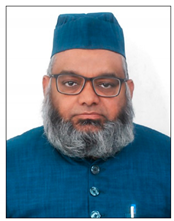 | Dr. Ahteshamul Haque, Senior member IEEE, is Asst. Professor at Department of Electrical Engineering, Jamia Millia Islamia (a Central University), New Delhi, India. His area of research is Machine Learning and IoT in smart cities, power electronics and its application. He did B.Tech in Electrical Engineering from AMU, Aligarh, and M.Tech from Indian Institute of Technology (IIT), Delhi. He completed his Ph.D. from Jamia Millia Islamia. He has published many SCI and Scopus journal papers including IEEE journals and IEEE conference papers. He holds two US patents and four Indian patents granted. He has established state of the art Advance Power Electronics Research Lab. He is the recipient of IEEE Power and Energy Society Outstanding Engineer Award 2019. |
 | Prof. Frede Blaabjerg is Fellow IEEE working at Department of Energy Technology, Aalborg University, Denmark. His current research interests include power electronics and its applications such as in wind turbines, PV systems, reliability, harmonics and adjustable speed drives. He has published more than 600 journal papers in the fields of power electronics and its applications. He is the co-author of four monographs and editor of ten books in power electronics and its applications. He has received 32 IEEE Prize Paper Awards, the IEEE PELS Distinguished Service Award in 2009, the EPE-PEMC Council Award in 2010, the IEEE William E. Newell Power Electronics Award 2014, the Villum Kann Rasmussen Research Award 2014, the Global Energy Prize in 2019, and the 2020 IEEE Edison Medal. He was the Editor-in-Chief of the IEEE Transactions on Power Electronics from 2006 to 2012. He has been Distinguished Lecturer for the IEEE Power Electronics Society from 2005 to 2007 and for the IEEE Industry Applications Society from 2010 to 2011 as well as 2017 to 2018. In 2019-2020 he serves a President of IEEE Power Electronics Society. |
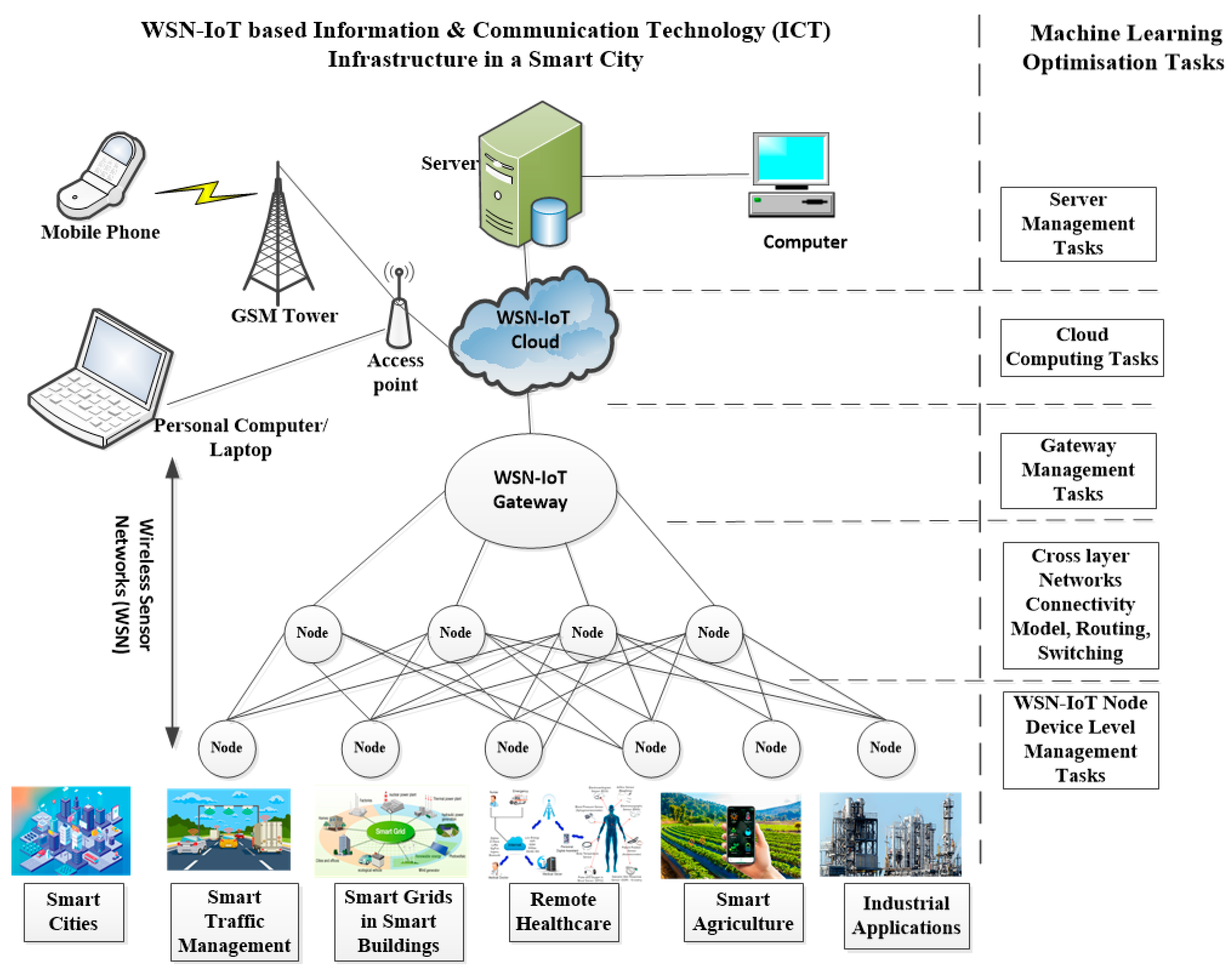


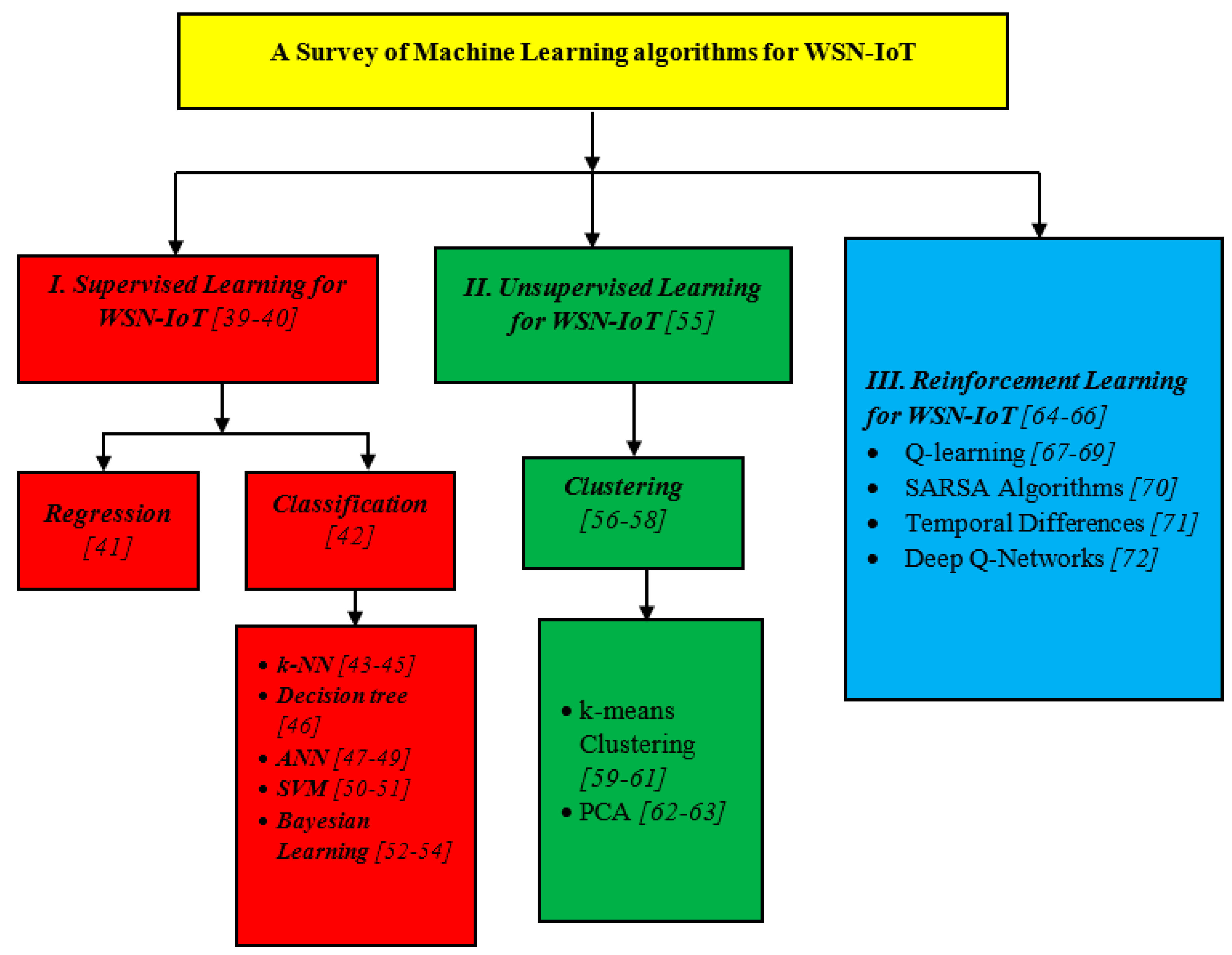
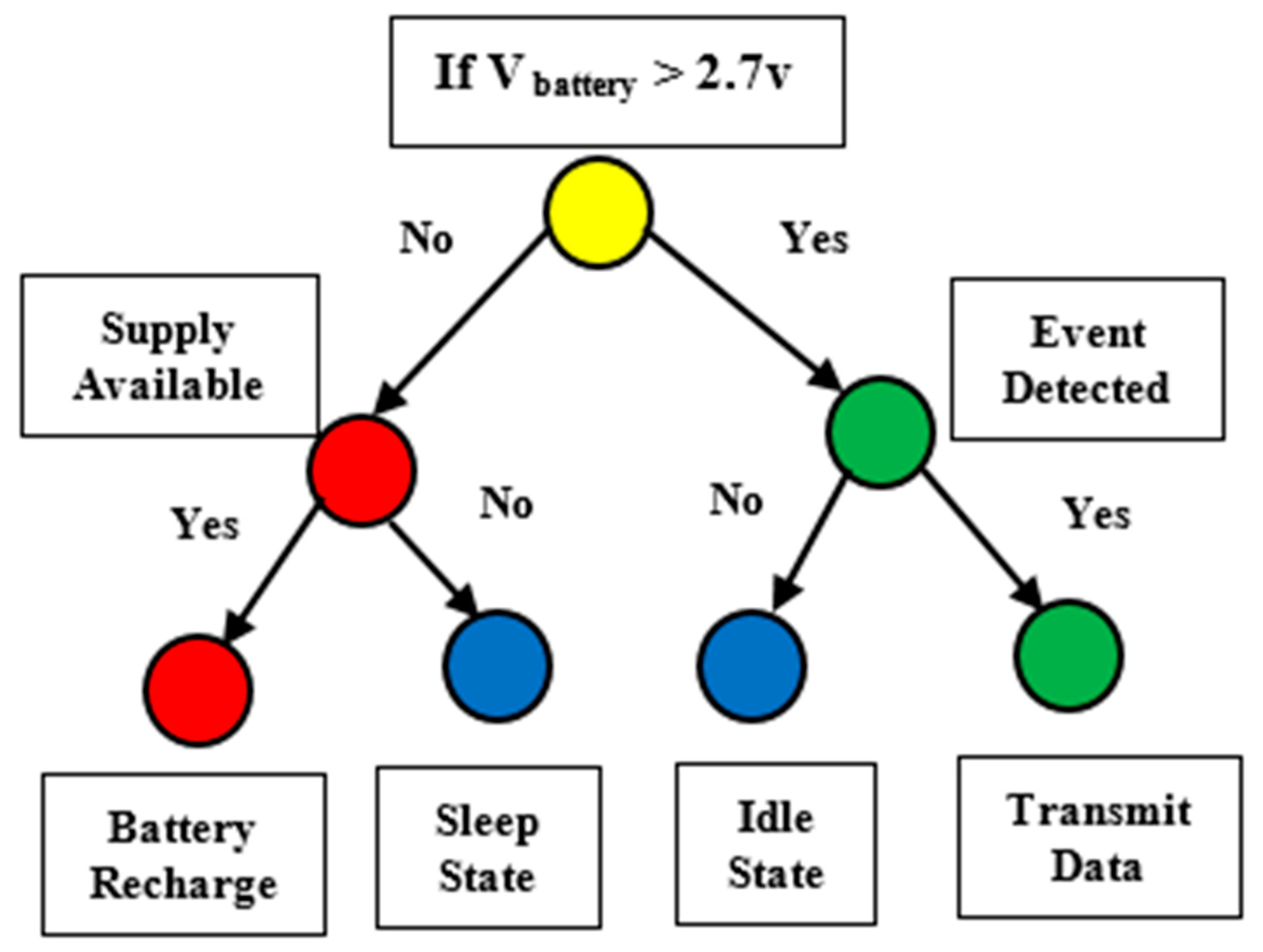

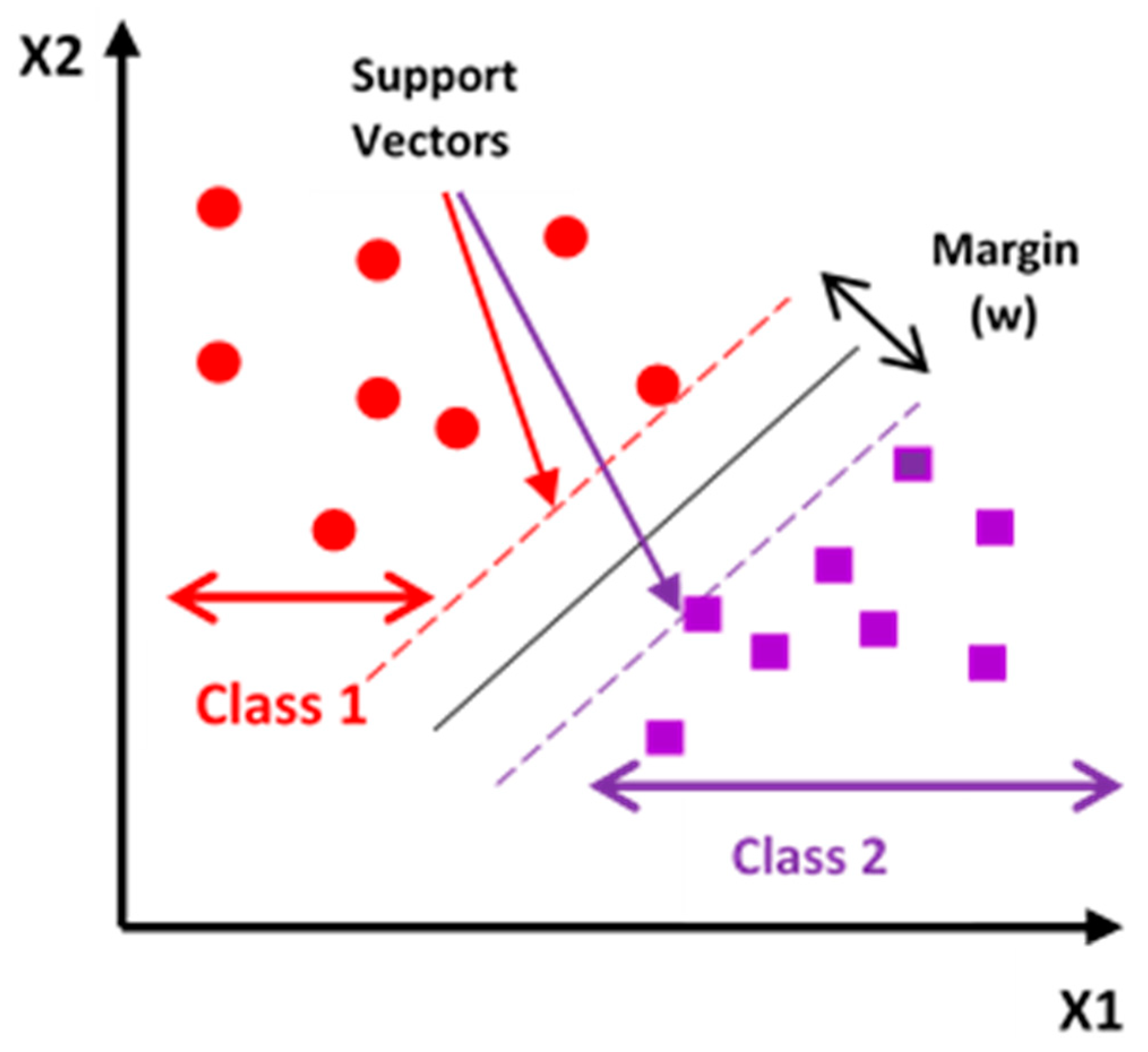
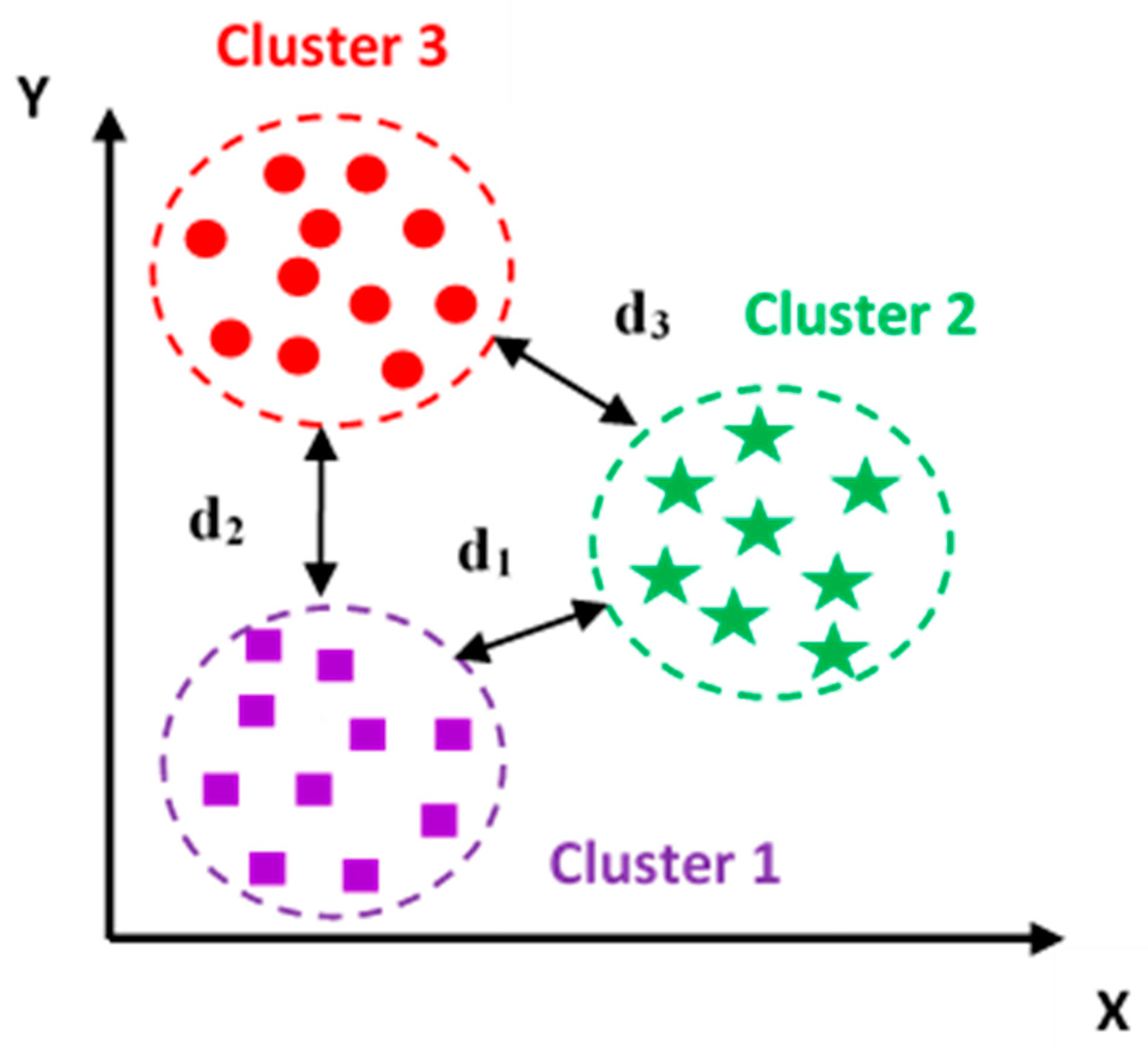
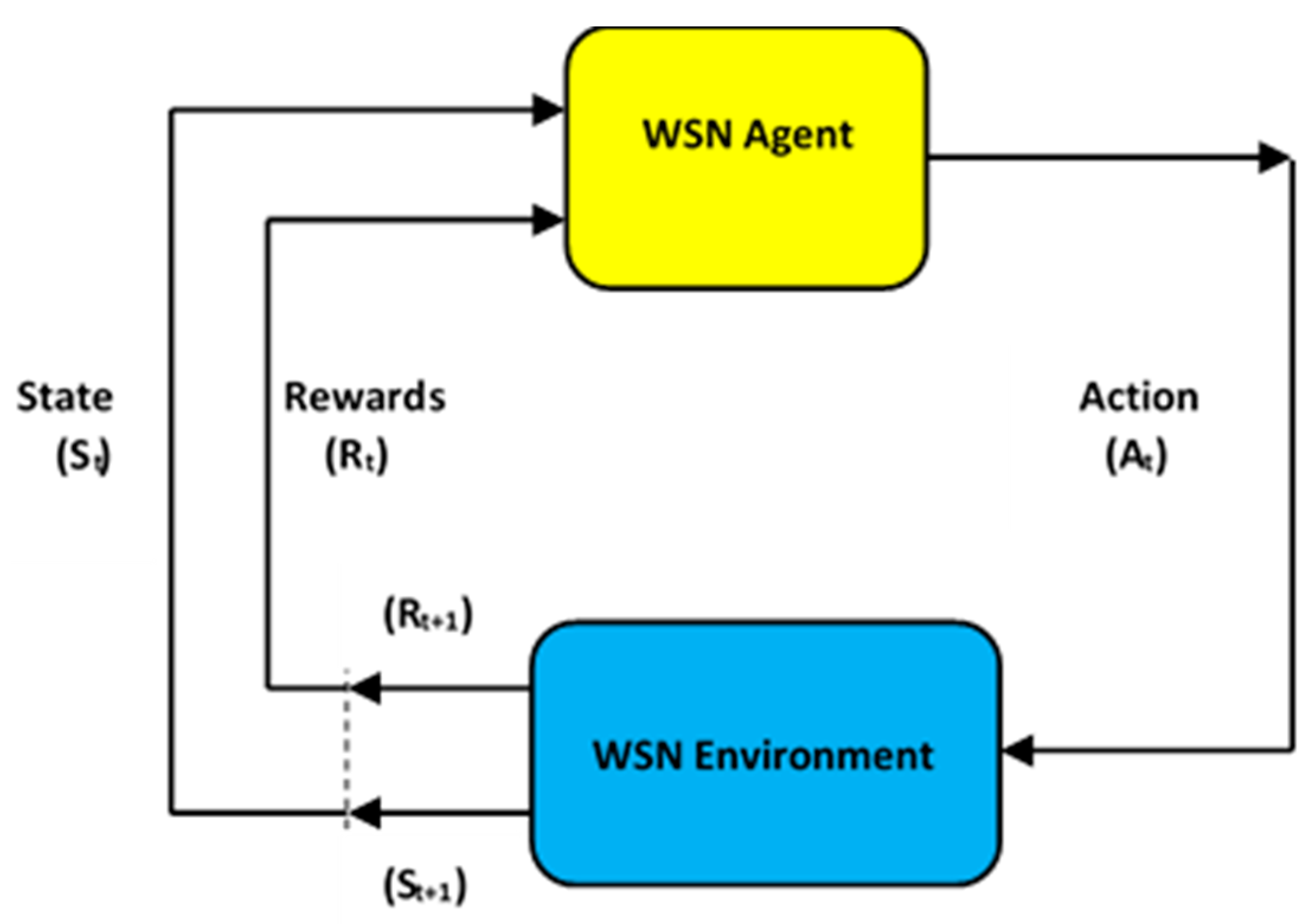
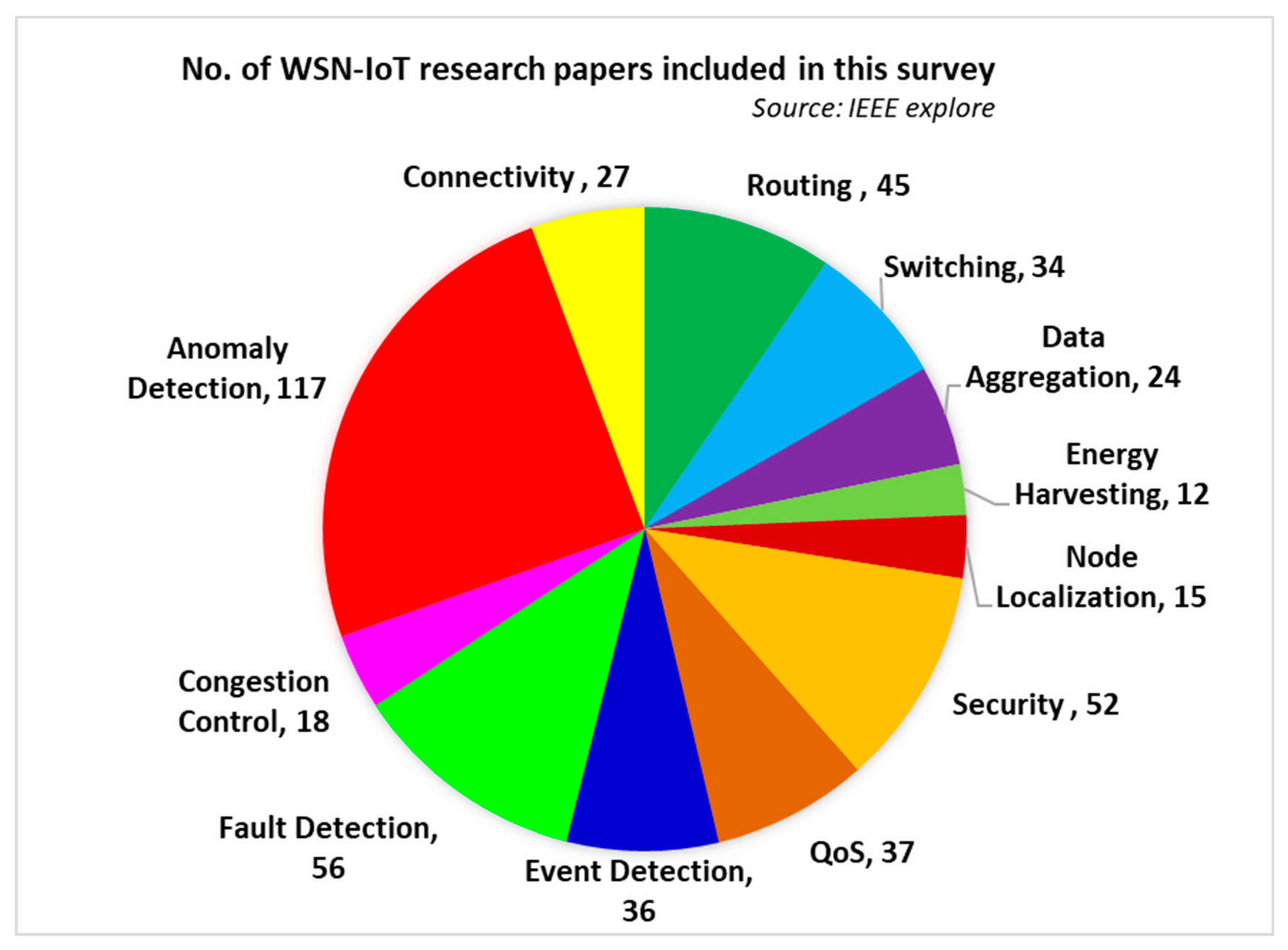
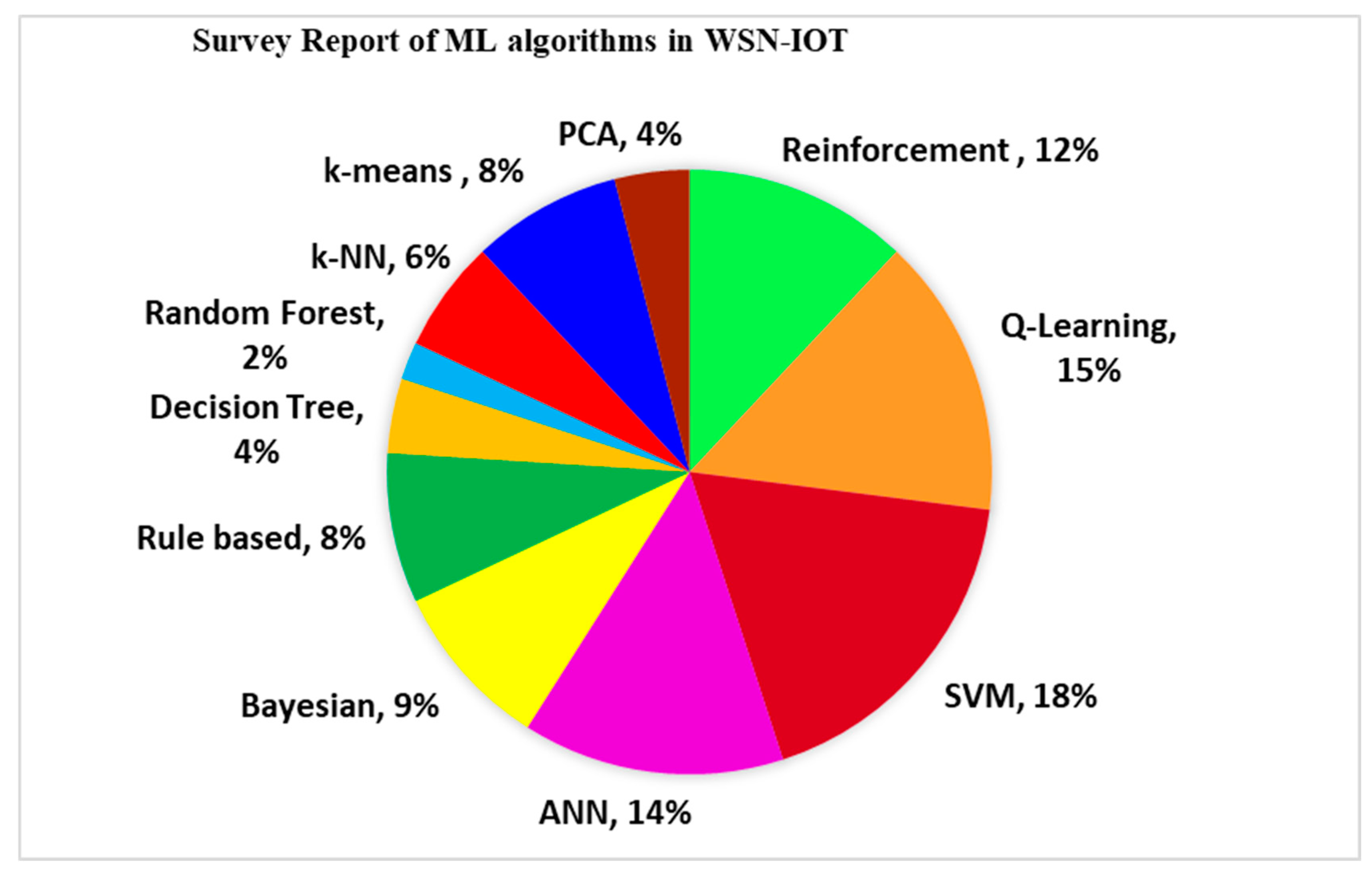
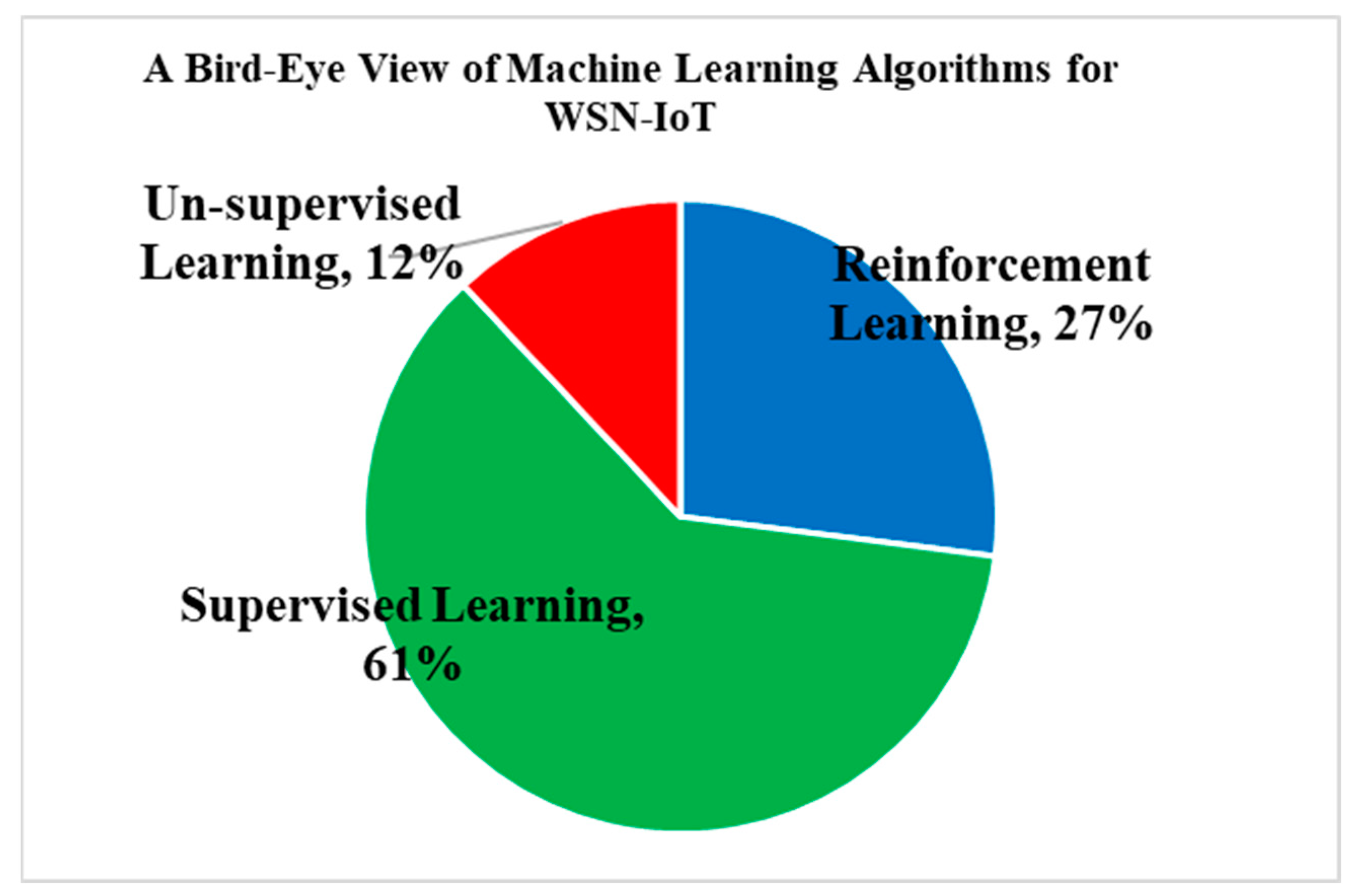
| Acronym | Description |
|---|---|
| 5G | 5th Generation Cellular Networks |
| 6G | 6th Generation Cellular Networks |
| AMQP | Advanced Message Queuing Protocol |
| ANN | Artificial Neural networks |
| BLE | Bluetooth Low Energy |
| CoAP | Constrained Application Protocol |
| DDS | Data Distribution Service |
| DL | Deep Learning |
| DT | Decision Tree |
| IoT | Internet of Things |
| k-NN | K Nearest Neighborhood |
| LDA | Linear Discriminant Analysis |
| LoRaWAN | Long Ranged Wide Area Network |
| LTE | Long Term Evolution |
| MAC | Medium Access Control |
| MLMDP | Machine LearningMarkov Decision Process |
| MLP | Multi-Layer Perceptron |
| MQTT | Message Query Telemetry Transport |
| NB-IoT | Narrowband IoT |
| PCA | Principle Component Analysis |
| QoS | Quality of Service |
| RL | Reinforcement Learning |
| RFID | Radio frequency Identification |
| SARSA | State-Action-Reward-State-Acton |
| SVM | Support Vector Machines |
| TCP | Transmission Control Protocol |
| UDP | User Datagram protocol |
| WSN-IoT | WSN based IoT |
| WSN | Wireless Sensor Networks |
| S. No. | IoT Technologies | IEEE Standards | Power/Energy Consumption | Data Rate | Frequency Band | Typical Distance Range | Smart City Applications Services |
|---|---|---|---|---|---|---|---|
| 1 | Bluetooth Low Energy (BLE) [10] | IEEE 802.15.1 [11] | Lowest | Medium 24 Mbps | 2.4 GHz | Small (<5 m) | Smart Home Automation, Smart Grids |
| 2 | Radio Frequency Identification (RFID) [12] | IEEE 802.15 [13] | Low | Small 500 kbps | 915 MHz | 10 m | RFID Fast-Tags, Company Gates Entry/Exit |
| 3 | ZigBee [14] | IEEE 802.15.4 [15] | Low | Small (250 kbps) | 2.4 GHz | 100 m | Temperature Measurement |
| 4 | Wi-Fi [16] | IEEE 802.11 [17] | High | 100 Mbps | 2.4 GHz | 1 km | Laptop/Mobile Phone, Internet Service |
| 5 | Long Ranged Wide Area Network (LoRaWAN) [18] | IEEE 802.11 ah [19] | Low | 50 kbps | 868 MHz (Europe), 15 MHz (America) 923 MHz (Asia) | 10 km | Connecting Low Power devices in WAN |
| 6 | Cellular Mobile Communication (4G/5G) [20] | IEEE 802.16e WiMax (4G) [19] IEEE 1914 New Radio (5G) [21,22,23] | High | 4G-100 Mbps, 5G-1 Gbps | 450 MHz–6 GHz | 100 km | Remote monitoring and control using Smart Phones |
| S. No. | Communication Protocols | IEEE Standard | Remarks |
|---|---|---|---|
| 1. | Message Query Telemetry Transport (MQTT) protocol [24] | IEEE P1451-99 [28] | Works with TCP for Data Security, Load Balancing |
| 2. | Advanced Message Queuing Protocol (AMQP) [25] | IEEE P1451-99 [28] | Works with TCP for Smart Electronics Gadgets, QoS |
| 3. | Constrained Application Protocol (CoAP) [26] | IEEE P1451-99 [28] | For Cloud Services |
| 4. | Data Distribution Service (DDS) protocol [27] | IEEE P1451-99 [28] | Works with UDP for Data Delivery, Machine to Machine Communication |
| 5. | Smart Transducer Interface protocol [29] | IEEE P21451 [30] interoperability interfaces | Sensor Connectivity, interoperable communication |
| S. No. | WSN-IoT Research Issue | Machine Learning Technique | Solution/Remarks |
|---|---|---|---|
| 1 | IoT Node Localization [31] | K-NN, Reinforcement Learning (RL) | Efficient Distance Estimation, Range Estimation |
| 2 | IoT Node Coverage and Connectivity [32] | Decision trees, ANN, Evolutionary Computation | Classification of Connected and Failed Nodes in the sensor network, Identification nodes with poor and good connectivity |
| 3 | Routing Layer Issues [33] | Decision Tree, Random Forest | Prediction of optimal routing path depending upon data traffic. |
| 4 | MAC Layer Issues [34] | SVM, Decision Tree, ANN | Efficient channel assignment |
| 5 | Sensor data aggregation [35] | k-means, SVM, Reinforcement | Decide optimal cluster head in WSN nodes, Dynamic configuration of WSN nodes |
| 6 | Event Monitoring and Target Detection [36] | PCA, Deep Learning, Evolutionary Computing, Bayesian Learning | Efficient event monitoring and multiple target tracking |
| 7 | Energy Harvesting [37] | SVM, Deep Learning, Evolutionary Computing | To predict the amount of battery energy required to maximize network lifetime, Prediction of energy harvesting availability in the future. |
| 8 | Node Query processing [38] | k-NN | Node Beacon sending, Handshake for data transfer |
| S. No. | Smart City Applications | WSN-IoT Issues in Smart Cities | Addressed ML Algorithms as Solutions by Researchers Worldwide | Our Remarks |
|---|---|---|---|---|
| 1 | Smart traffic Monitoring | WSN Node Localization | SVM Classification [50] and SVM regression model [51] | Localization is considered as Classification and Multivariate Regression task in ML context. |
| 2 | Rain Water Harvesting | Security Issues in WSN | Bayesian Learning [52,53,54] | Security is dealt with Correlation, Encoding, Decoding task in ML |
| 3 | Smart Grids in Smart Buildings | Node Clustering, Cluster Head Selection, Data Pattern Analysis | k-NN [59,60,61], PCA [62,63,64] and ANN [65,66] | Classification problem |
| 4 | Smart Healthcare in Hospitals | WSN Node Energy Management | Q-Learning [71,72] | Energy Management is considered a Prediction task in ML |
| 5 | Smart Agriculture | Energy Harvesting | Q-Learning [73], SARSA [74] and Deep Q-Learning [75] | The Energy Harvesting process is considered a Prediction task in ML |
| 6 | Industrial IoT (Industry 4.0) | Event/Condition Monitoring, Object/Fault Detection, | SVM [76,77] and Rule based Learning [78,79,80,81] | Event detection is handled by Classification techniques in the ML domain |
| 7 | Smart Waste Management | Routing of data packets | Genetic algorithms [82], MDP in Decision Tree [83], Random Forest [84] and Q-Learning (QELAR) [85] | Route optimization, Routing as a Classification problem in ML. |
| 8 | Smart Governance | Scheduling and Heterogeneity at MAC Layer | SVM [86] and Deep Neural Networks [87] | Scheduling and Heterogeneity problems are Regression tasks in ML |
| 9 | Quality of Life of People | QoS (Latency, Bandwidth, Coverage, Link Quality) in IoT | Q-Learning and ANN [88], SVM [89] | QoS in IoT is solved by Prediction, Classification tasks. |
| 10 | Energy Efficient Street Lighting, Smart environment monitoring | Spectrum Sharing | Deep Reinforcement Learning [90,91] | Spectrum sharing is Self-learning, rewards system tasks in ML. |
| 11 | Pandemic medical treatment (e.g., COVID-19 or Corona Virus) | Data Aggrigation | SVM [92] and Reinforcement [93] | Data Aggregation is treated as a Regression task in the ML context. |
| S. No. | WSN-IoT Problem | No. of Research Papers Included |
|---|---|---|
| 1 | Routing | 45 |
| 2 | Switching | 34 |
| 3 | Data Aggregation | 24 |
| 4 | Energy Harvesting | 12 |
| 5 | Node Localization | 15 |
| 6 | Security | 52 |
| 7 | QoS | 37 |
| 8 | Event Detection | 36 |
| 9 | Fault Detection | 56 |
| 10 | Congestion Control | 18 |
| 11 | Anomaly Detection | 117 |
| 12 | Connectivity | 27 |
| S. No. | ML Algorithms for WSN-IoT | Percentage (%) |
|---|---|---|
| 1 | Reinforcement | 12% |
| 2 | Q-Learning | 15% |
| 3 | SVM | 18% |
| 4 | ANN | 14% |
| 5 | Bayesian | 9% |
| 6 | Rule-based | 8% |
| 7 | Decision Tree | 4% |
| 8 | Random Forest | 2% |
| 9 | k-NN | 6% |
| 10 | k-means | 8% |
| 11 | PCA | 4% |
| S. No. | ML Technique in WSN-IoT | Dominance |
|---|---|---|
| 1. | Reinforcement Learning | 27% |
| 2. | Supervised Learning | 61% |
| 3. | Unsupervised Learning | 12% |
Publisher’s Note: MDPI stays neutral with regard to jurisdictional claims in published maps and institutional affiliations. |
© 2021 by the authors. Licensee MDPI, Basel, Switzerland. This article is an open access article distributed under the terms and conditions of the Creative Commons Attribution (CC BY) license (https://creativecommons.org/licenses/by/4.0/).
Share and Cite
Sharma, H.; Haque, A.; Blaabjerg, F. Machine Learning in Wireless Sensor Networks for Smart Cities: A Survey. Electronics 2021, 10, 1012. https://doi.org/10.3390/electronics10091012
Sharma H, Haque A, Blaabjerg F. Machine Learning in Wireless Sensor Networks for Smart Cities: A Survey. Electronics. 2021; 10(9):1012. https://doi.org/10.3390/electronics10091012
Chicago/Turabian StyleSharma, Himanshu, Ahteshamul Haque, and Frede Blaabjerg. 2021. "Machine Learning in Wireless Sensor Networks for Smart Cities: A Survey" Electronics 10, no. 9: 1012. https://doi.org/10.3390/electronics10091012
APA StyleSharma, H., Haque, A., & Blaabjerg, F. (2021). Machine Learning in Wireless Sensor Networks for Smart Cities: A Survey. Electronics, 10(9), 1012. https://doi.org/10.3390/electronics10091012







